
The polar vortex has been keeping Lake Michigan frozen for the most of winter. For instance, in Chicago, Illinois, temperatures reached -30C (-23F) during the season's peak, making ice shelves to form on the lake – hills made of waves crashing over existing ice piles. However, everything eventually ends. Spring is bringing warmer weather to the area, destroying the ice and turning the region into a magical wonderland. Moving water underneath the ice is pushing the sheets to the surface, shattering them into unusual patterns, visible along South Haven’s pier.
However, as much as people want to capture the beautiful phenomenon in photographs, the US Coast Guard warned that the ice should only be viewed from afar since it is dangerous to stand or walk on the unstable surface. “No ice is safe ice especially this time of year,” US Coast Guard BMC Grant Heffner told MLive. “The ice is certainly deteriorating and breaking up.”
Lake Michigan is one among the five Great Lakes of North America and the only one located entirely within the United States. The U.S. and Canada share the other four Great Lakes. It's the second-biggest of the Great Lakes by volume (1,180 cubic miles or 4,900 km3) and the third-largest by surface area (22,404 sq mi or 58,030 km2), after Lake Superior and Lake Huron.
Several of the earliest people who lived in the region were the Hopewell Indians. Their culture declined after 800 AD, and for the following few hundred years, the area was home of the Late Woodland Indians. Now, around twelve million people live along Lake Michigan’s shores, primarily in the Chicago and Milwaukee metropolitan areas.

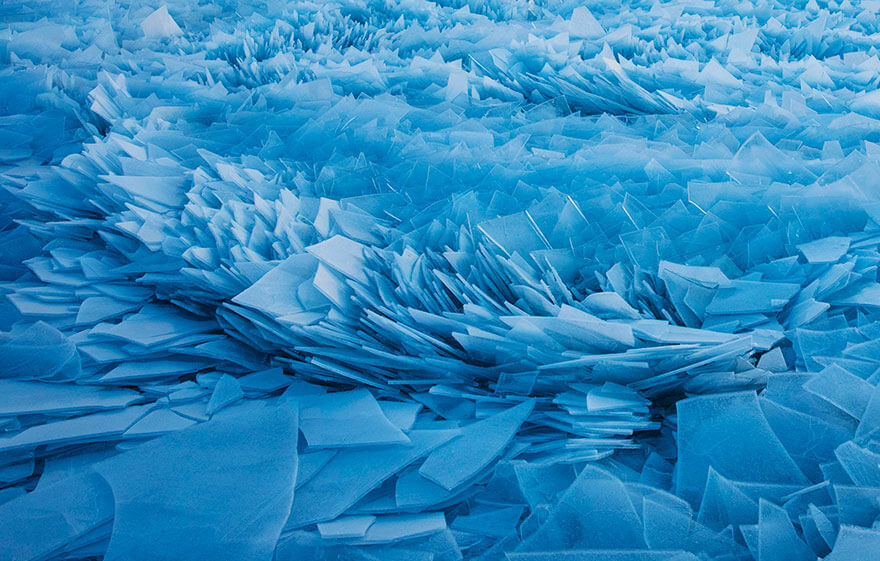
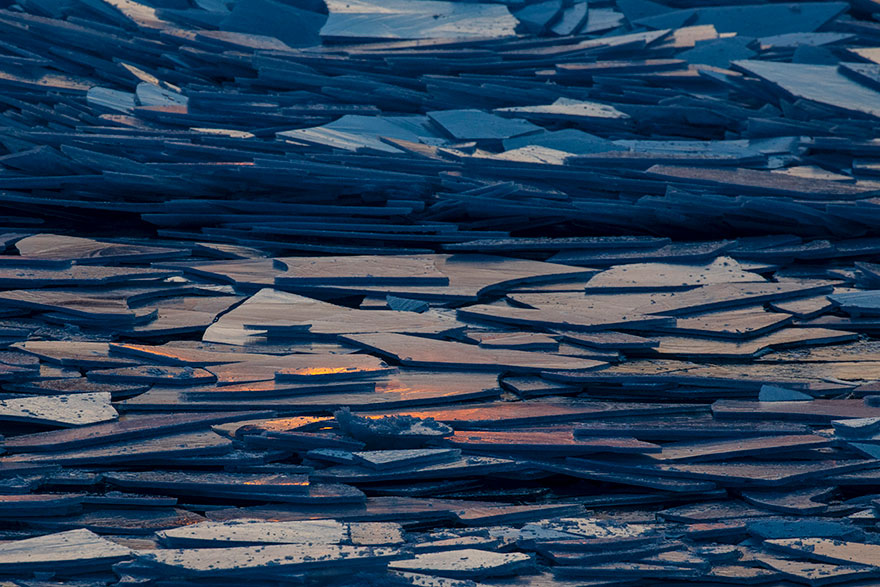
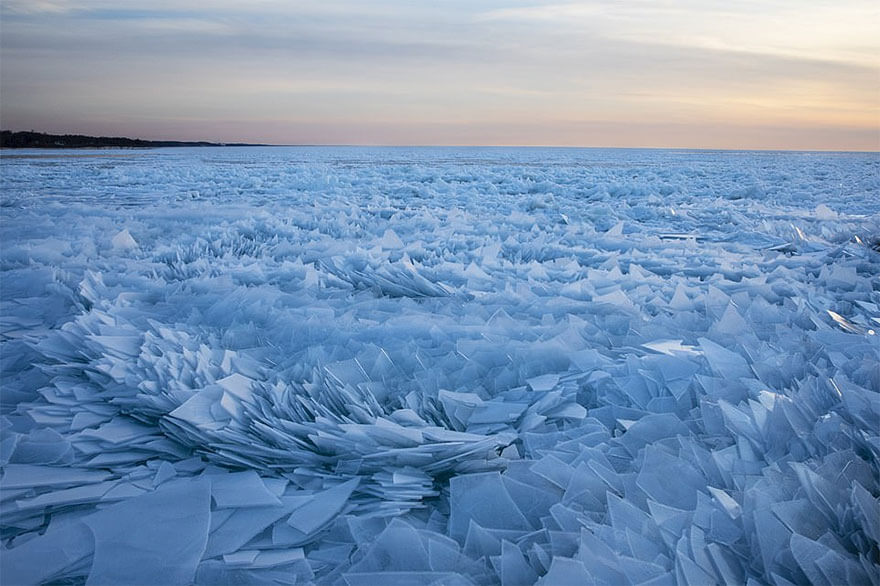

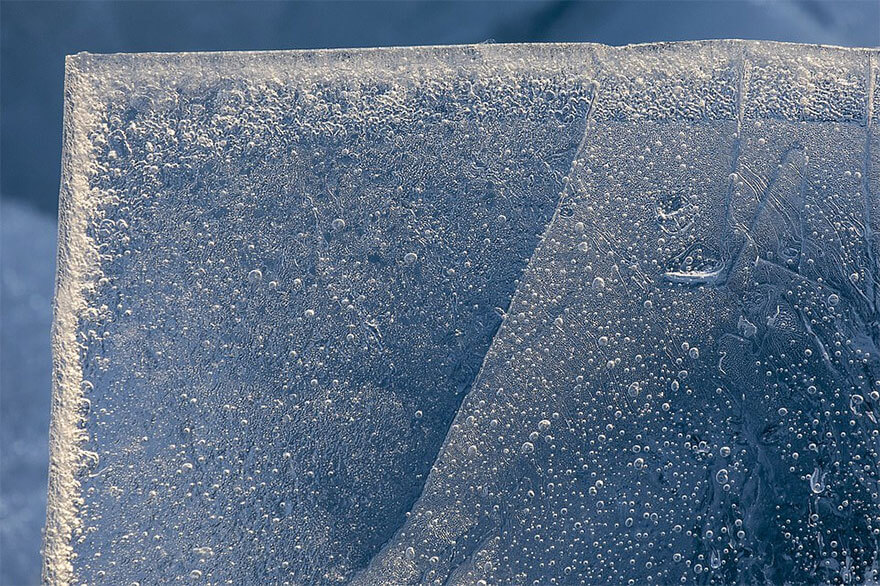
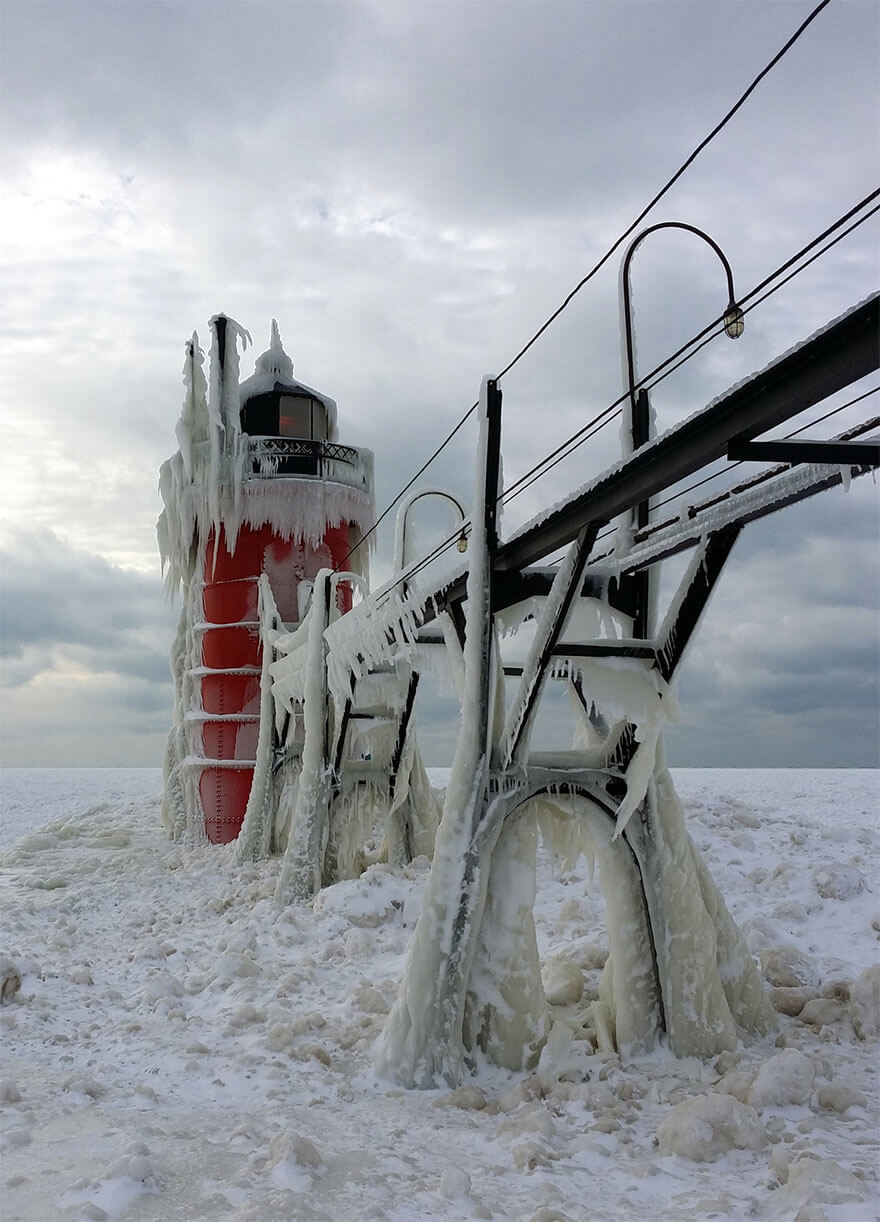



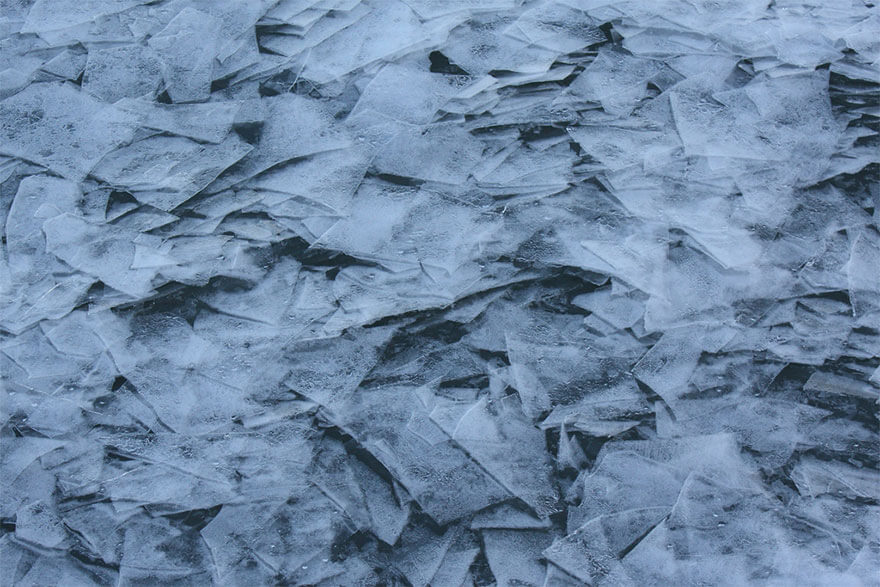


People were stunned by the beautiful sight:


























COMMENTS